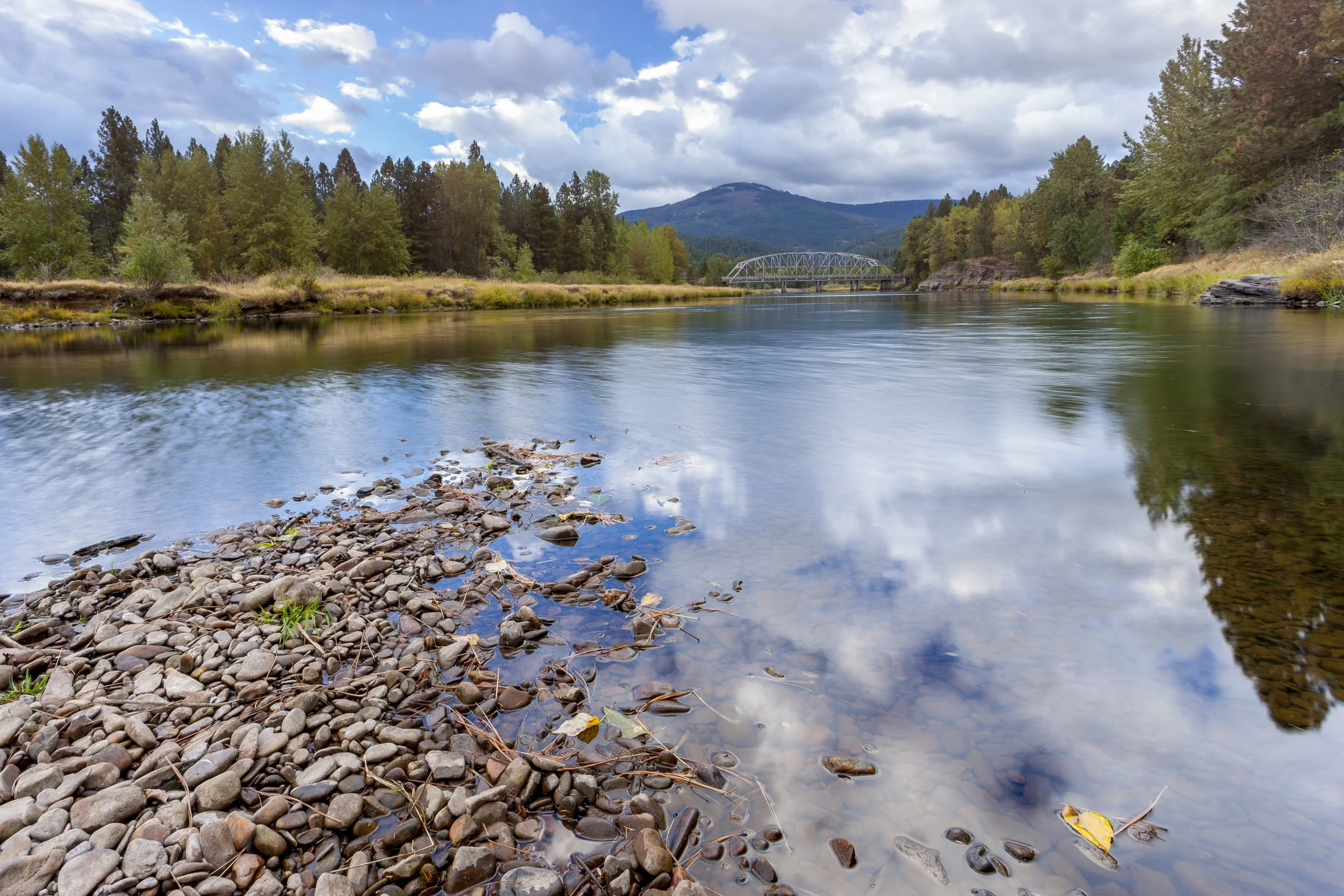riparian buffers improve water quality and benefit surrounding wildlife
We have planted over 100,000 trees and native plants in the last 10 years with the help of so many community volunteers.
Riparian Restoration
A variety of past and current land uses within the Greater Spokane River Watershed have contributed to a steady degradation in our local water quality. Unsustainable agricultural, forestry, and grazing practices combined with urban development have resulted in erosion and sedimentation, nutrient loading, riparian buffer loss, wetland destruction, and contaminated stormwater runoff. As a result, water bodies in these watersheds do not meet Washington State water quality standards for parameters such as fecal coliform, dissolved oxygen, pH, turbidity, and temperature.
In order to improve water quality in these degraded watersheds, The Lands Council is recruiting private landowners interested in implementing “riparian” restoration activities on their properties or farms. With the help of hundreds of students and volunteers, we plant native trees and shrubs in buffer strips hugging both sides of a stream. Vegetated riparian buffers provide numerous benefits, including reducing sediment loading (by stabilizing soil), decreasing water temperature (through shading), increasing dissolved oxygen (by reducing water temperature), controlling pH (by trapping and filtering polluted runoff), enhancing wildlife habitat, and—in combination with livestock fencing/exclusion—reducing fecal coliform bacteria. Recently, we’ve expanded our riparian restoration activities to include active management of invasive weeds through herbicide application and broadcasting upland grasses and forbs. Our comprehensive, multi-year native plant restoration program—which targets high-risk tributaries and confluence areas—will result in optimum age class, density, species diversity, and canopy cover to stabilize streambanks, filter pollutants coming off the land, and reduce elevated stream temperatures.





